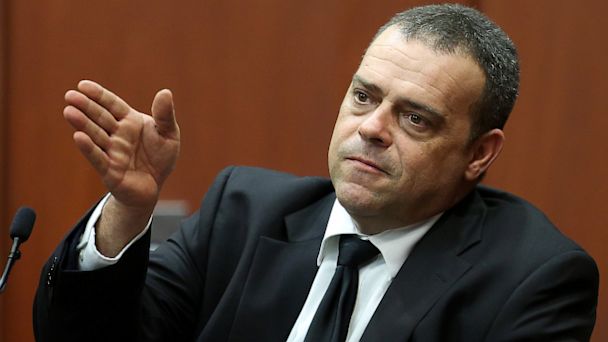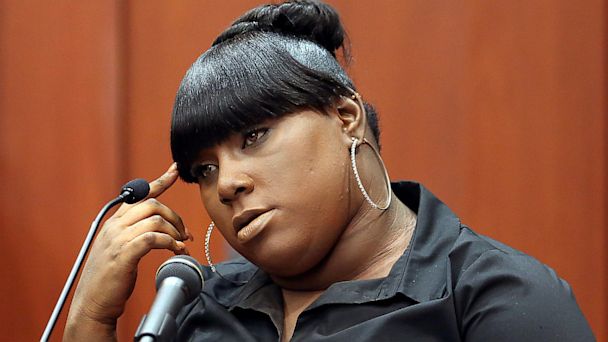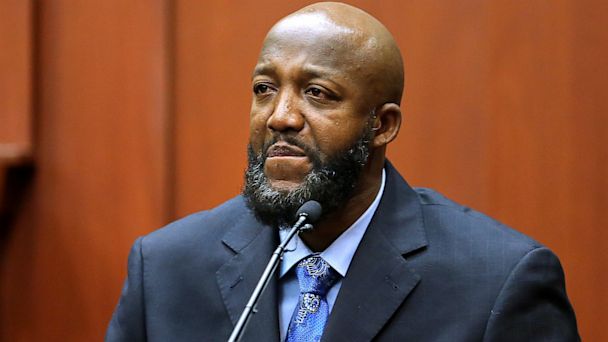Five Moments That May Have Led to George Zimmerman's Acquittal
By SENI TIENABESO and MATT GUTMAN
Only the six female jurors know for certain what testimony or evidence convinced them to acquit George Zimmerman of murder charges in the death of Trayvon Martin, but there were key moments in the trial that appeared to undermine the prosecution's case for conviction. Here are five of them.

Chris Serino Orlando Sentinel, Joe Burbank, Pool/AP Photo
Chris Serino was the lead investigator looking into the shooting of Martin and initially urged the Sanford, Fla., prosecutor to charge Zimmerman with manslaughter, a recommendation that was rejected.
Serino was called to the stand by the prosecution and was expected to be a key witness against Zimmerman. In his "just-the-facts" style of answering questions, Serino was repeatedly questioned by the prosecution and defense about Zimmerman's version of what happened that night. But in a surprise, the investigator was asked by Zimmerman's lawyer whether he believed Zimmerman was telling the truth, and the cop answered, "Yes."
The next day the prosecution asked that the jurors be directed to disregard Serino's comment and the judge agreed, but the damage may have been done.

John Good Orlando Sentinel, Joe Burbank/AP Photo
John Good was another prosecution witness whose words may have helped Zimmerman more than the prosecution. Good lived near where the fatal shot was fired and appeared to have had the best view of the brief fight between Zimmerman and Martin.
Good testified that he saw what he believed to be Martin on top of Zimmerman. "The color on top was dark and the color at bottom was…red," Good said referring to the men's clothing. At another point he told the court that the person on the bottom had "lighter skin color."
Zimmerman is a white Hispanic who was wearing a red and black jacket that night. Martin, who was black, was wearing a dark sweatshirt.
"The person on the bottom, I could hear a 'Help,'" Good said.
Under cross examination by Zimmerman's lawyer, Good said he believes he saw Martin on top punching Zimmerman "MMA style," a reference to mixed martial arts.
"The person on top was ground and pounding the person on the bottom?"asked Zimmerman attorney Mark O'Mara.
"Correct," said Good

Rachel Jeantel Jacob Langston-Pool/Getty Images
Rachel Jeantel was Trayvon Martin's friend who was talking with him on a cell phone until just moments before Martin was killed. She told the jury that Martin was scared of a "creepy a** cracker" who was following him and just before losing contact with Martin said she heard him say, "Get off. Get off."
But under a grueling cross examination by Zimmerman's lawyer Don West Jeantel conceded that it was difficult to hear what Martin was saying and that she did not know who threw the first punch when Zimmerman and Martin came face to face.
"The last thing you heard was something hitting somebody?" West asked her.
"Trayvon got hit," Jeantel said.
"You don't know that, do you?" the defense lawyer said.
"No sir," she said.
"You don't know that he didn't take his fist and drive it into Zimmerman's face do you?" the lawyer pressed.
"No sir," Jeantel replied.

Vincent Di Maio Joe Burbank/REUTERS
Renowned forensics expert Vincent Di Maio may have been one of Zimmerman's strongest witnesses. He told the jury that the pattern of powder burns and other forensic evidence on Martin's body indicated that the teenager's sweatshirt was two to four inches away from his body at the time he was shot, meaning that Martin was leaning forward over Zimmerman when he was killed.
"The medical evidence is consistent with his [Zimmerman's] statement," Di Maio told the Florida court.

The words of Trayvon Martin's father were also used to undermine the prosecution's case. A key battle in the trial was over who was heard screaming for help in the background of a 911 call before the fatal shot was fired. Martin's family insisted the voice was their son's voice, while Zimmerman's parents told the court it was Zimmerman screaming.
Serino testified that when Martin's father, Tracy Martin, first heard the tape he said it was not Trayvon. "He looked away and under his breath said, 'No,'" Serino told the court.
A second police officer gave a similar description of Tracy Martin's reaction to the tape.